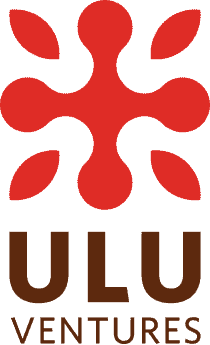Champions of seed
We are your biggest champion. We’ve spent decades building and investing in all phases of startup life. Diverse in background and experience, we can’t wait to meet you.
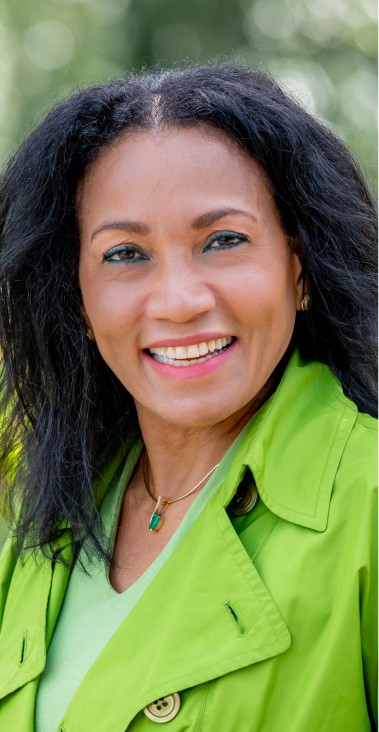
Champion of the underdog and the longshot
CEO/Cofounder/Managing Director
Miriam Rivera
I’m an inner-city, Spanish-speaking-first, free-lunch kid born out of wedlock to a mother who initially had less than an 8th-grade education. Most people wrote off kids like me. But they didn’t—and most VCs still don’t—get that while such realities can destroy anyone’s spirit, a little faith can make all the difference!
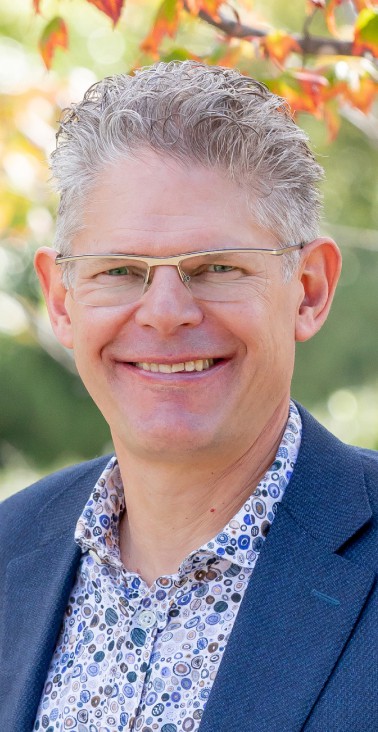
Champion of independent thinkers
Cofounder, Managing Director
Clint Korver
I love learning, but I really love those aha moments when the light bulb turns on and a big idea comes into focus; especially if they lead to a “holy sh*t” moment, when I realize I will forever see the world differently because of this insight.
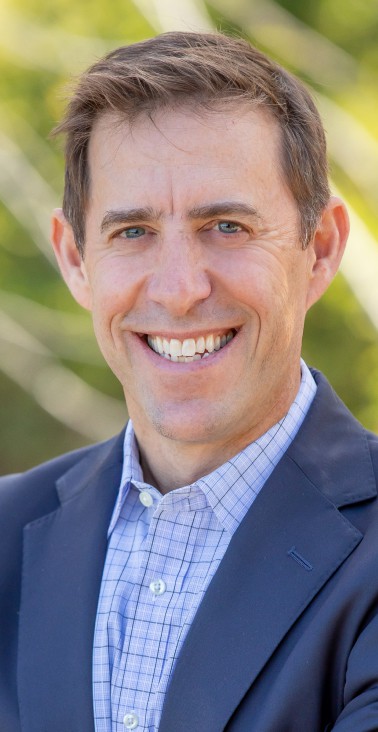
Champion of endurance and grit
Steve Reale
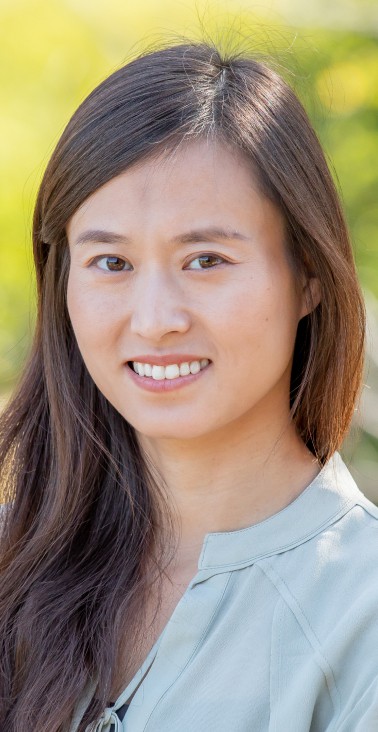
Champion of the transformationist
Kathy Chen
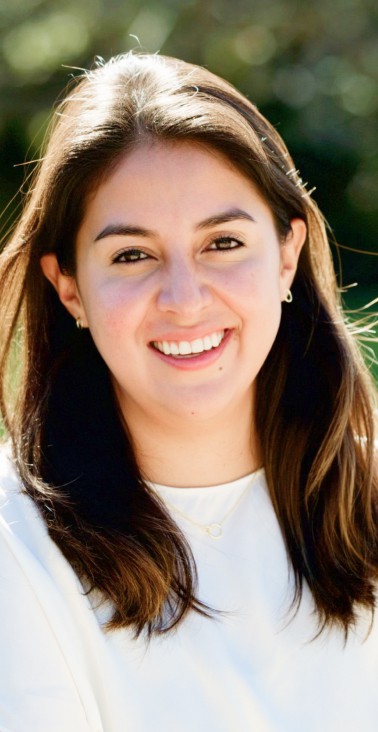
Champion of the consumer
Maria Salamanca

Champion of bridge building
Andrea Bogarin
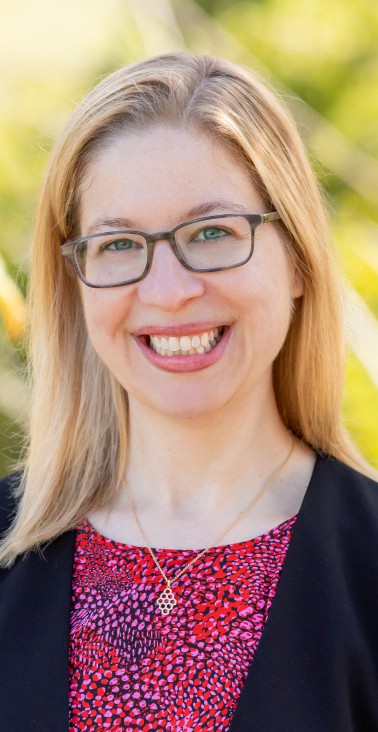
Champion of the problem solvers
Summer Barghouti
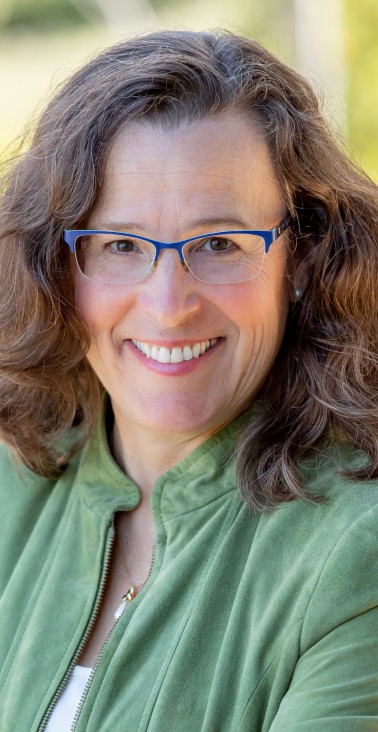
Champion of the risk taker
Trina Weller
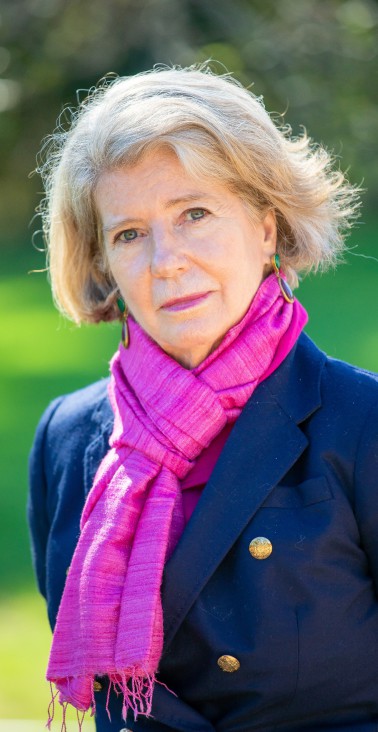
Champion of the storyteller
Rusty Dornin
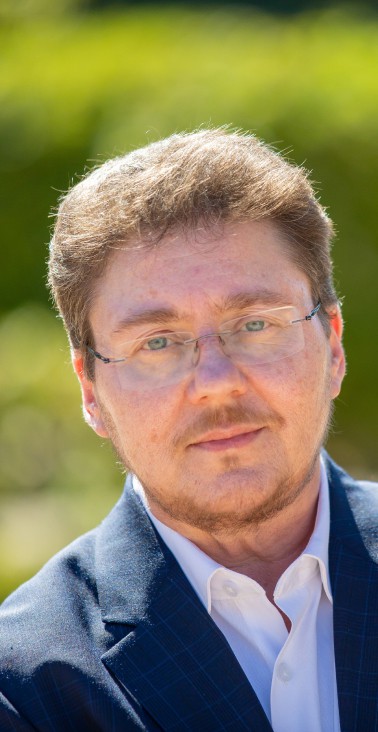
Champion of the transformers
Loren Ford
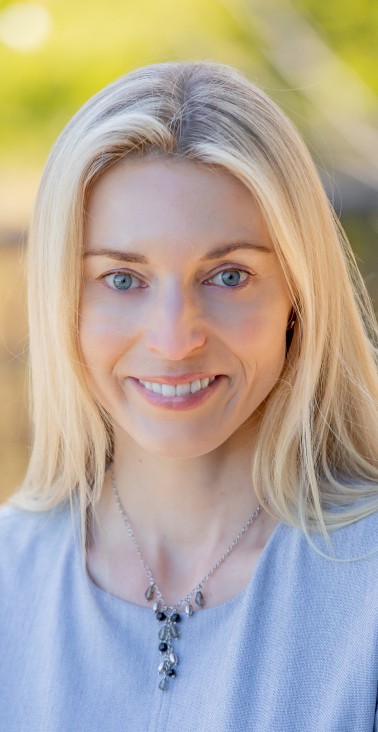
Champion of the luminaries
Evelyn Kempi
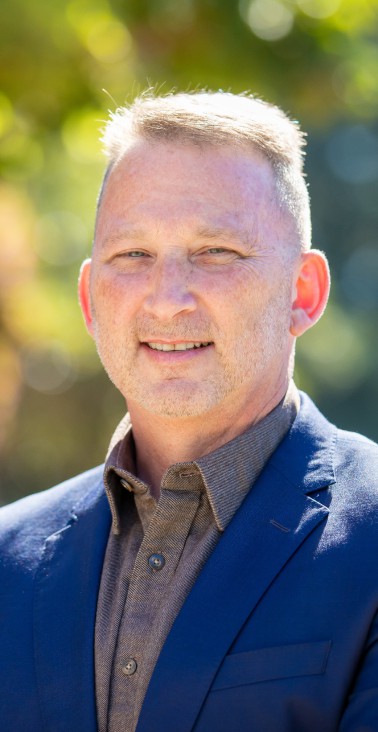
Champion of never giving up
Marc Schneider

Champion of the changemaker
Serena Rivera-Korver

